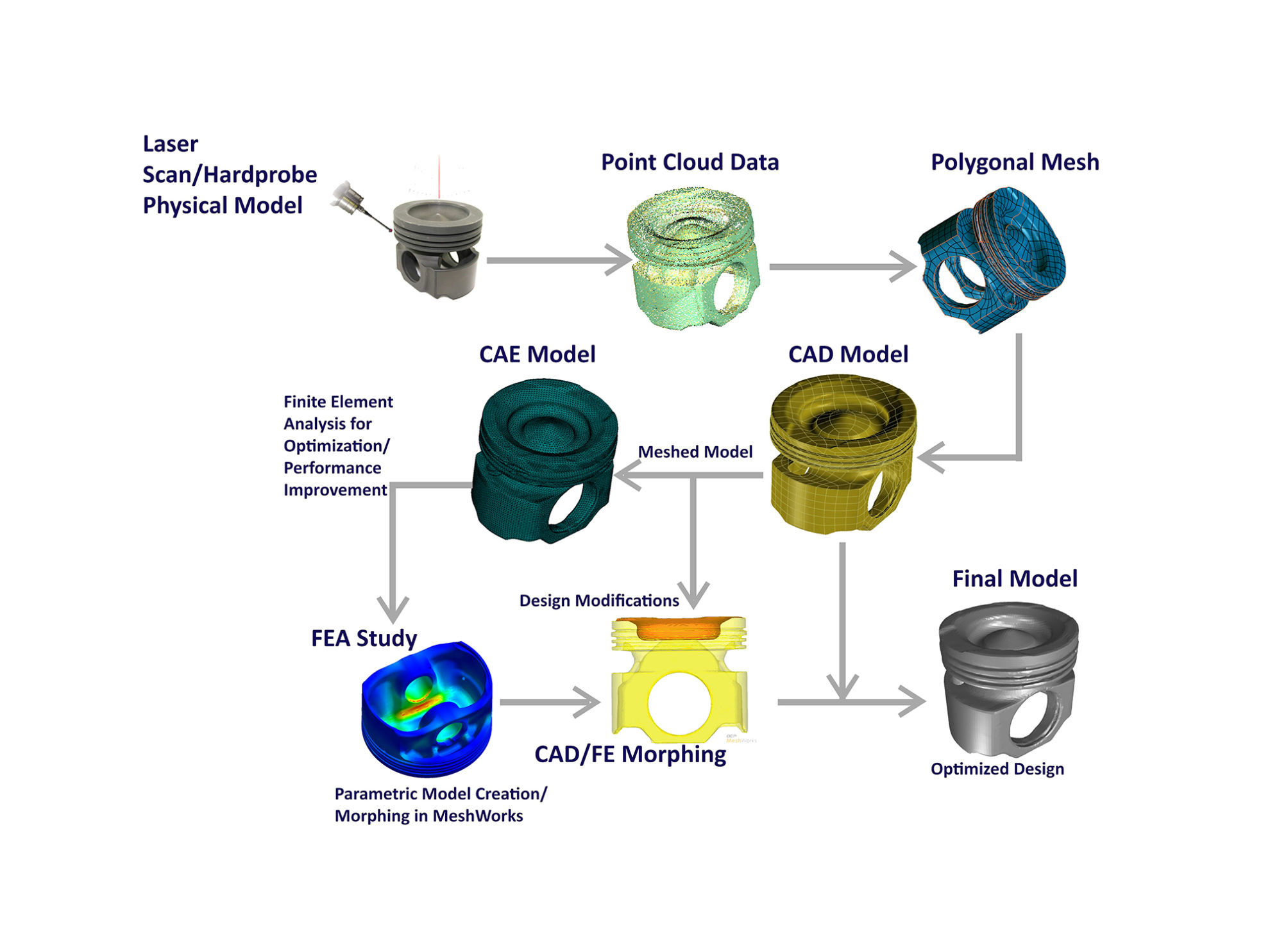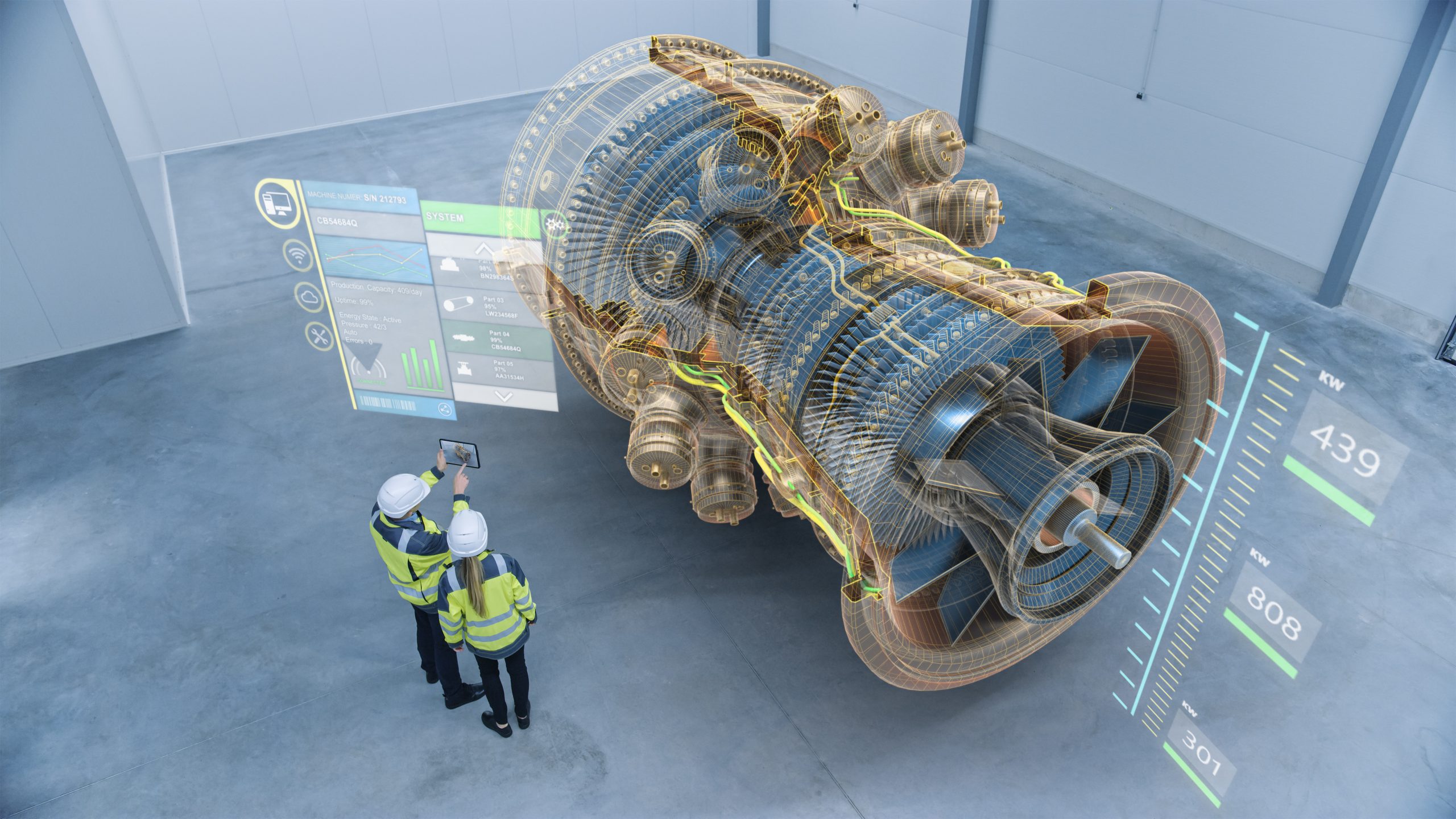Reverse Engineering for Business Analysts

Reverse engineering is the process of understanding how a system works by examining its components and their relationships. In business analysis, reverse engineering can be used to understand existing business processes and systems. This can be helpful for a variety of reasons, such as:

- Identifying areas for improvement: By understanding how a system works, business analysts can identify areas where it can be improved. This can lead to increased efficiency, productivity, and customer satisfaction.
- Reducing risks: Reverse engineering can help business analysts to identify potential risks in a system. This can help them to mitigate these risks and prevent them from causing problems.
- Improving decision-making: Reverse engineering can provide business analysts with a better understanding of the factors that affect a system. This can help them to make better decisions about how to improve the system.
There are a number of different techniques that can be used for reverse engineering. Some of the most common techniques include:

- Interviews: Interviews with users and stakeholders can provide valuable insights into how a system works.
- Document analysis: Document analysis can help business analysts to understand the design and implementation of a system.
- Code analysis: Code analysis can help business analysts to understand the logic and functionality of a system.
Reverse engineering can be a complex and time-consuming process, but it can be very valuable for business analysts. By understanding how a system works, business analysts can identify opportunities for improvement, reduce risks, and improve decision-making.
